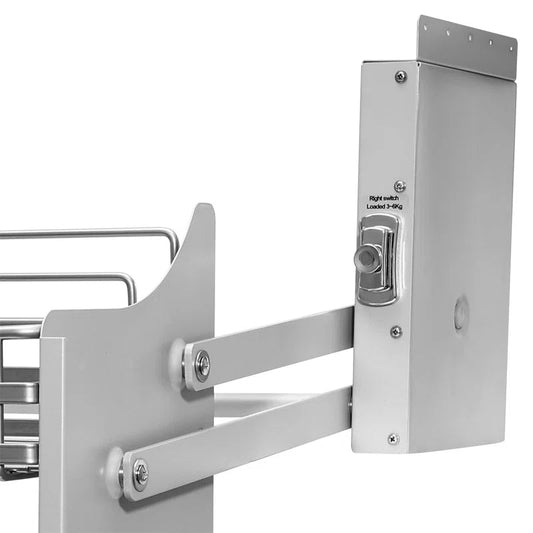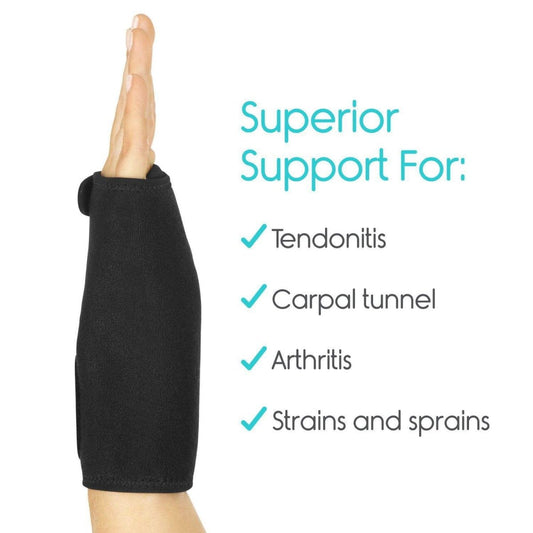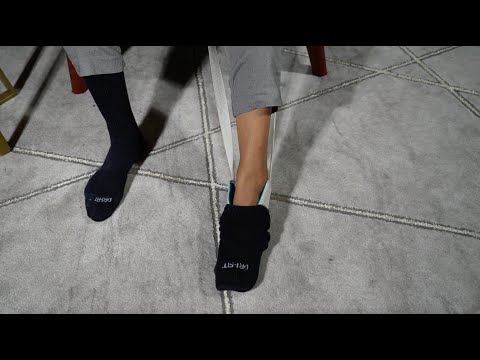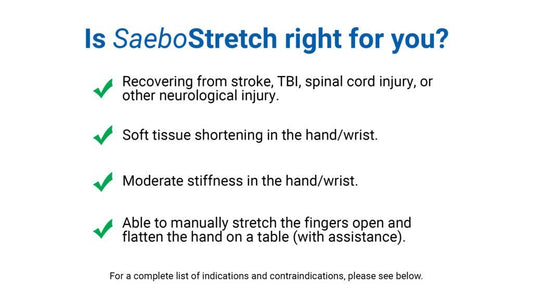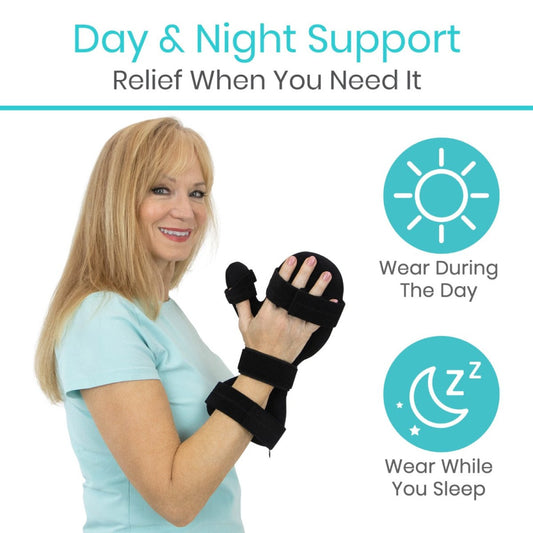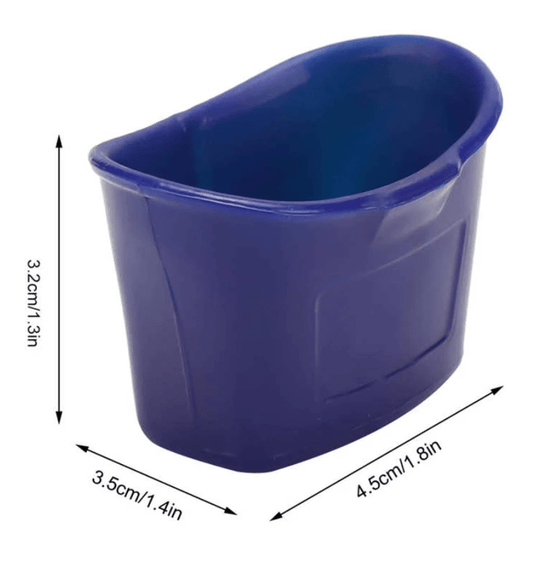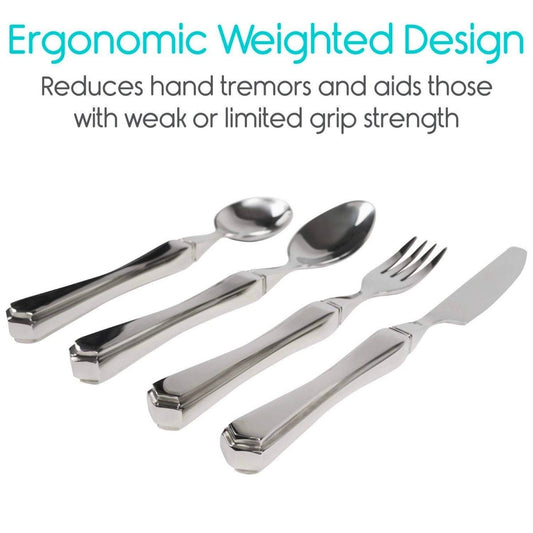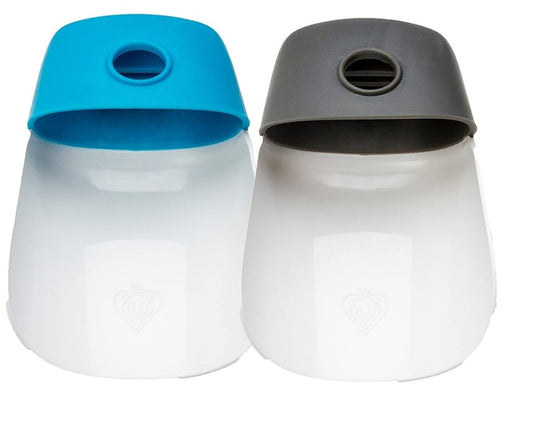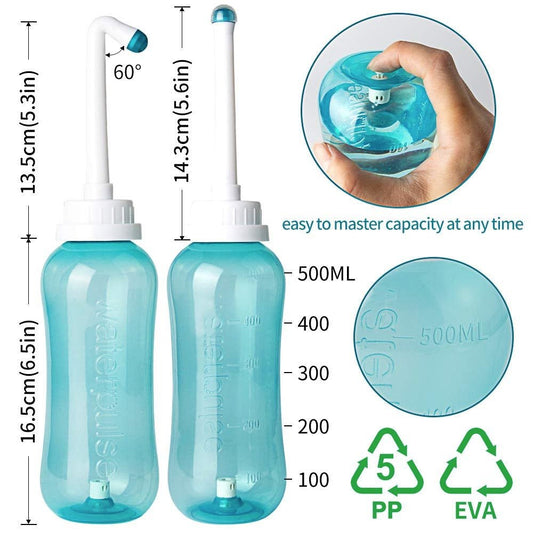
-
Gyenno Bravo Twist Spoon | Alternative to Liftware Steady
Regular price $299.00Regular priceUnit price per$314.00Sale price $299.00Sold out -

 Sale
SaleWeighted Bracelet
Regular price From $21.99Regular priceUnit price per$32.99Sale price From $21.99Sale -
Pull Down Shelf
Regular price $298.00Regular priceUnit price per -

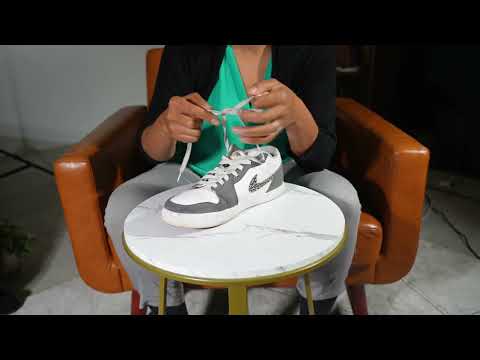 Sale
Sale -
CockUp Wrist Splint | Carpal Tunnel
Regular price $16.99Regular priceUnit price per -
Fixate Gel Pads - 5 pack | dycem alternative
Regular price $10.99Regular priceUnit price per -
Smart Lock
Regular price $129.00Regular priceUnit price per -
Bio Bidet 1000 Supreme Toilet Seat
Regular price $499.99Regular priceUnit price per$442.00Sale price $499.99 -
9 Piece Foam Tubing
Regular price $17.99Regular priceUnit price per -
Zipper Pulls
Regular price $6.49Regular priceUnit price per -
Rigid Sock Aid
Regular price $18.99Regular priceUnit price per -
Resting Hand Splint
Regular price $29.99Regular priceUnit price per -
Swivel Spoon
Regular price $29.99Regular priceUnit price per -
Eye Drop Guide
Regular price $11.99Regular priceUnit price per -
Weighted Silverware Set
Regular price $46.99Regular priceUnit price per -
Knob Turners | Alternative to Lever Handles
Regular price $14.99Regular priceUnit price per -
LionHeart Faucet Extender
Regular price $13.50Regular priceUnit price per -
Personal Portable Bidet
Regular price $18.99Regular priceUnit price per
Learn More About Staying Safe At Home
FAQ About This Collection!
Payment Resources
Found some things to help but don't have the funds? We've got options for you!
- We take HSA/FSA cards right in the checkout.
- Sign up for a no-interest payment plan with Shop Pay at checkout.
- In the Kansas City Metro? Apply for AccessKC for up to $1800 in funding & use it for equipment here!
- Enter your ZIP code here to find programs in your area that you may qualify for in order to get help!

Why You Need an OT!
An Occupational Therapist (OT) is your superhero! A skilled professional whose expertise can significantly enhance your quality of life by helping you maintain independence, manage chronic conditions, and ensure your home environment supports your needs.
When you're ready to dive into what occupational therapy is, why you might need it, and the myriad of ways an OT can be invaluable in your life click below!






